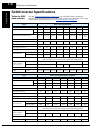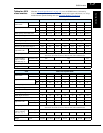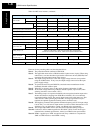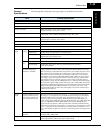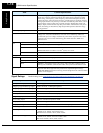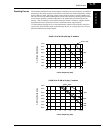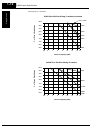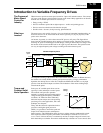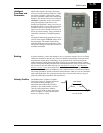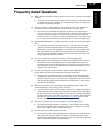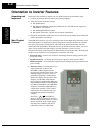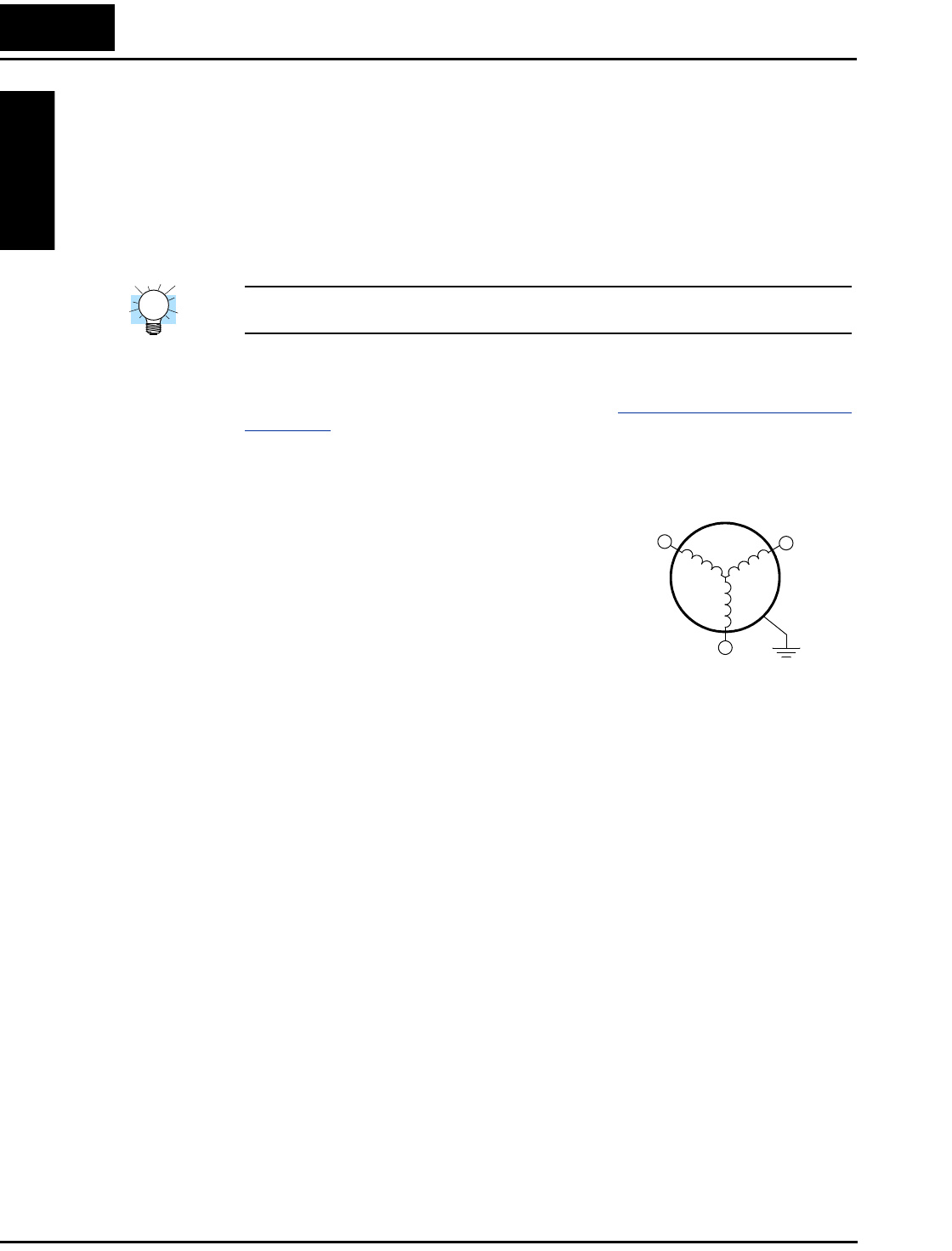
Introduction to Variable-Frequency Drives
Geting Started
1–14
vector is related to motor flux current, and the other to motor torque current. The ability to
separately control these two vectors is what allows the SJ300 to deliver extraordinary low-
speed performance and speed control accuracy.
Inverter Input and
Three-Phase
Power
The Hitachi SJ300 Series of inverters includes two sub-groups: the 200V class and the 400V
class inverters. The drives described in this manual may be used in either the United States or
Europe, although the exact voltage level for commercial power may be slightly different from
country to country. Accordingly, a 200V class inverter requires (nominal) 200 to 240VAC, and
a 400V class inverter requires from 380 to 480VAC. All SJ300 inverters require three-phase
input power, whether 200V or 400V class.
TIP: If your application only has single phase power available, refer to the Hitachi SJ100
Series inverters. SJ100 inverters of 3HP or less can accept single phase input power.
The common terminology for single phase power is Line (L) and Neutral (N). Three-phase
power connections are usually labeled Line 1 (L1), Line 2 (L2) and Line 3 (L3). In any case,
the power source should include a ground connection. That ground connection will need to
connect to the inverter chassis and to the motor frame (see “
Wire the Inverter Output to Motor”
on page 2–20).
Inverter Output to
the Motor
The AC motor must be connected only to the inverter’s
output terminals. The output terminals are uniquely
labeled (to differentiate them from the input terminals)
with the designations U/T1, V/T2, and W/T3. This
corresponds to typical motor lead connection designa-
tions T1, T2, and T3. It is often not necessary to connect
a particular inverter output to a particular motor lead for
a new application. The consequence of swapping any
two of the three connections is the reversal of the motor
direction. In applications where reversed rotation could
cause equipment damage or personnel injury, be sure to
verify direction of rotation before attempting full-speed
operation. For safety to personnel, you must connect the
motor chassis ground to the ground connection at the
bottom of the inverter housing.
Notice the three connections to the motor do not include one marked “Neutral” or “Return.”
The motor represents a balanced “Y” impedance to the inverter, so there is no need for a
separate return. In other words, each of the three “Hot” connections serves also as a return for
the other connections, because of their phase relationship.
The Hitachi inverter is a rugged and reliable device. The intention is for the inverter to assume
the role of controlling power to the motor during all normal operations. Therefore, this manual
instructs you not to switch OFF power to the inverter while the motor is running (unless it is an
emergency stop). Also, do not install or use disconnect switches in the wiring from the inverter
to the motor (except thermal disconnect). Of course, safety-related devices such as fuses must
be in the design to break power during a malfunction, as required by NEC and local codes.
3-Phase
AC Motor
U/T1
V/T2
W/T3
Earth
GND



